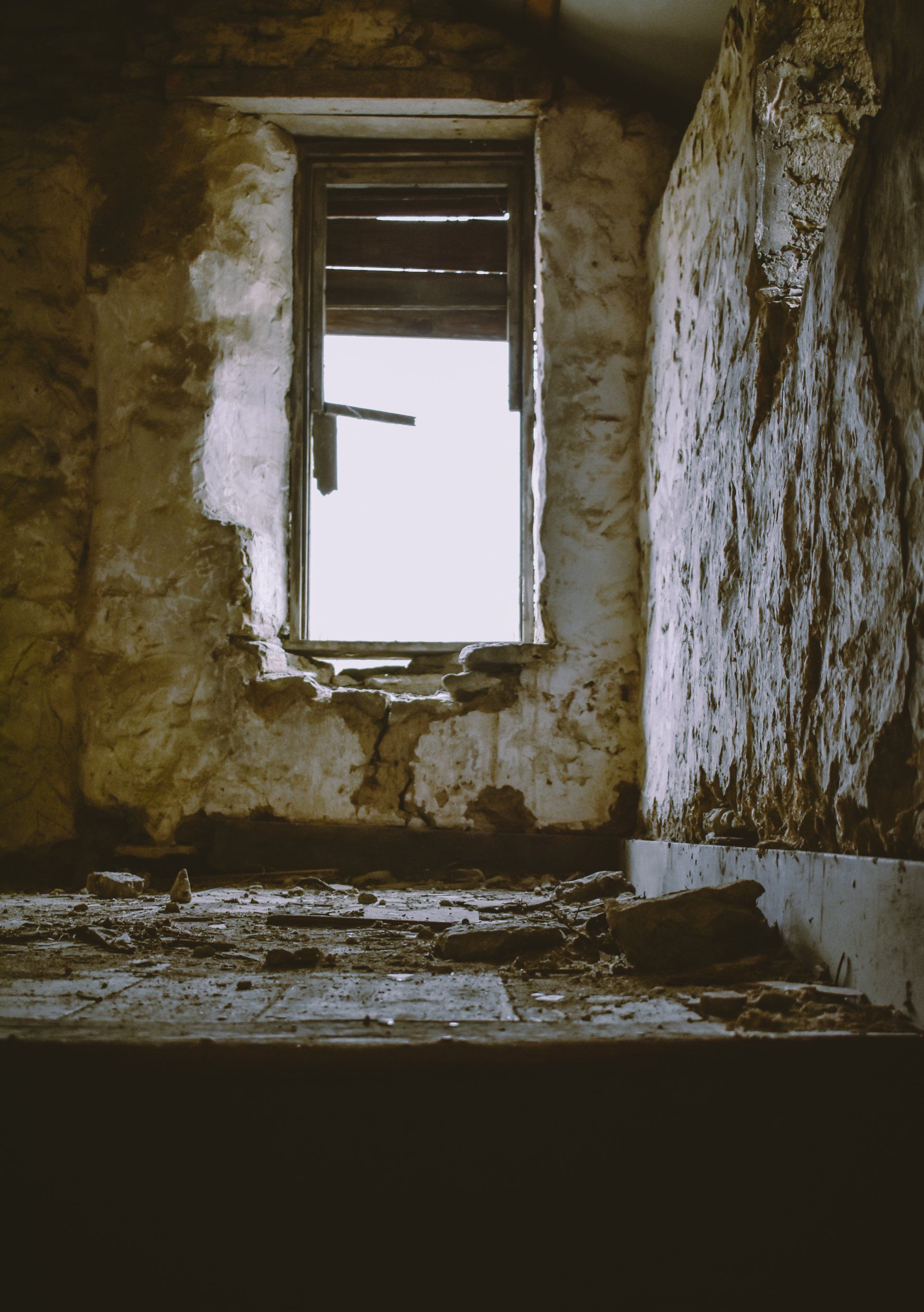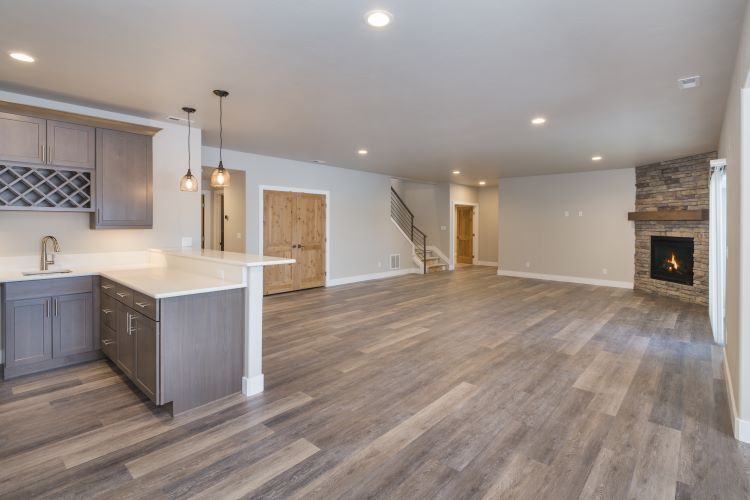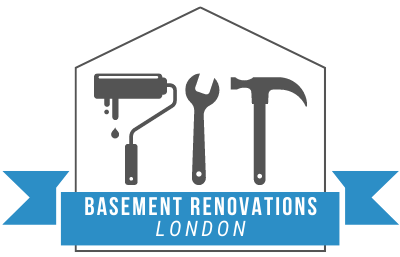Brighten Up Your Basement: Color Ideas for a Welcoming Space

Transforming your basement from a dark, unused area into a warm, welcoming space can be a rewarding home renovation project. One of the most effective ways to achieve this transformation is through thoughtful color selection. The right paint colors can brighten up your basement, making it feel cozy, inviting, and even more spacious. Here are some color ideas to help you create a welcoming basement in your London, Ontario home.
1. Light Neutrals for a Spacious Feel
When it comes to basements, light neutral colors are a safe and effective choice. These shades help reflect the limited natural light, making the space feel larger and more open.
- Soft Whites: Whites and off-whites are classic choices for a reason. They create a clean, fresh look and can be easily paired with various accent colors and decor styles. Soft whites with warm undertones can prevent the space from feeling too cold or sterile.
- Beiges and Light Greys: Beige and light grey tones add warmth and sophistication while maintaining a bright atmosphere. These colors work well in both modern and traditional basement designs and can easily complement wood tones and other natural materials often found in basements.
2. Warm Earth Tones for Coziness
Earth tones are perfect for creating a cozy, inviting basement environment. These colors bring warmth to the space and can make it feel more connected to the rest of your home.
- Soft Browns and Taupes: These shades evoke a sense of comfort and relaxation. They work particularly well in basements that are used as family rooms, home theaters, or guest bedrooms. Pairing these colors with rich textiles and warm lighting can enhance the cozy atmosphere.
- Muted Terracottas and Mustards: If you're looking to add a bit more color while maintaining a warm feel, consider muted terracottas or mustard yellows. These tones can add personality and vibrancy without overwhelming the space.
3. Cool Blues and Greens for a Calming Effect
Cool colors, such as blues and greens, are known for their calming effects. These colors are ideal for basements that serve as home offices, gyms, or playrooms.
- Pale Blues: Soft blue tones can make your basement feel serene and airy. Light blues work well in spaces where you want to relax or concentrate, such as a reading nook or a study area.
- Soft Greens: Green is a versatile color that brings a touch of nature indoors. Sage green or other muted green tones can create a peaceful, balanced environment, especially when paired with natural elements like plants or wood furnishings.
4. Bold Accent Walls for Added Depth
If you want to add depth and visual interest to your basement without committing to a full room of color, consider using bold shades on an accent wall.
- Deep Blues and Charcoals: A deep blue or charcoal accent wall can add drama and sophistication to your basement. This is particularly effective in media rooms or home bars, where a darker, more intimate atmosphere is desired.
- Rich Reds and Dark Greens: For a more vibrant accent, try a rich red or dark green. These colors can create a focal point in the room, especially when paired with complementary decor elements like artwork or shelving.
5. Bright and Playful Colors for Kids’ Areas
If your basement is primarily used as a playroom or kids' hangout space, don’t be afraid to experiment with bright, playful colors.
- Sunny Yellows and Oranges: These cheerful hues can energize the space and create a fun, welcoming environment for children. Consider using these colors on an accent wall or in combination with more neutral tones to avoid overwhelming the space.
- Vibrant Blues and Purples: Bright blues and purples can also make the basement feel lively and engaging. These colors are great for sparking creativity and imagination in a kids’ playroom or arts and crafts area.
Conclusion
The right color palette can make all the difference in transforming your basement into a bright, welcoming space. Whether you prefer the timeless appeal of light neutrals, the warmth of earth tones, the calmness of cool blues and greens, or the vibrancy of bold accents, there’s a color scheme that’s perfect for your needs.
At Basement Renovations London, we understand that choosing the right colors is just one part of creating your dream basement. Our expert team is here to help you with every step of your renovation project, from design to completion.
Contact us today to start planning your bright and beautiful basement transformation.
You might also like



Basement Renovations London
Your local renovation experts
Navigation
Navigation
Services
Working hours
- Mon - Sat
- -
- Sunday
- Closed
Copyright Basement Renovations London | Proudly Powered by Snapps

